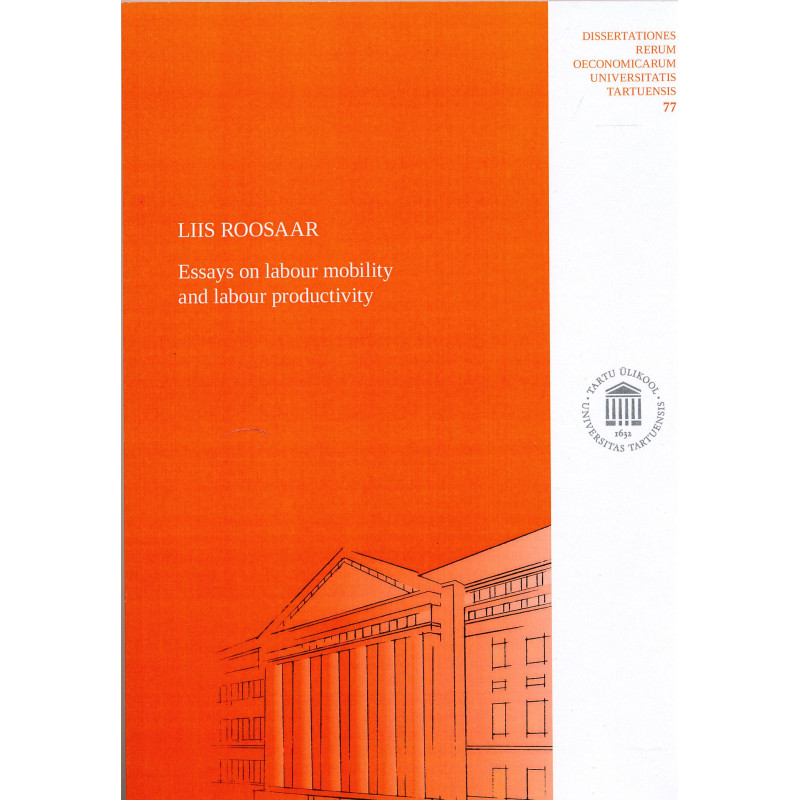



Tartu : University of Tartu Press, 2022
ISBN: 9789916270059
181 p. : ill.
Dissertationes rerum oeconomicarum Universitatis Tartuensis ; 77
Softcover new book
Doctoral theses defended at the University of Tartu, summary in Estonian
The three studies of the thesis focus on labour market flexibility at the micro level as a factor of labour productivity in different phases of the business cycle. The flexible Estonian labour market during the global crisis of 2008–2009 almost represents an experimental setting where all the recession-related processes of labour mobility should be observable. First, observable characteristics of employees are analysed to clarify their effect on the labour productivity of individuals. The age-productivity curve is found to be flatter for high-waged employees than for low-waged employees. Hired older employees are shown to be at least as productive as young, and therefore firms do not need to avoid hiring older employees. Study 2 looks at how the individual characteristics of mobile employees change in different phases of the business cycle. The previous result that the role of personal characteristics in occupational mobility decreases in recessions is confirmed, but the increased importance of tenure and wages is also shown. In the third study, the relationship between labour mobility and labour productivity is analysed. This relationship may be positive to a certain extent until labour mobility becomes a burden for firms and employees. In theory, during recessions firms have more opportunities to use labour mobility in order to increase the labour productivity of the firm. This thesis also confirms that the relationship between churning and labour productivity has an inverse U shape in a crisis (and optimal churning rate could be calculated). More productive firms may be more successful in profiting from labour mobility because during a recession, resources may move to more productive firms. Study 3 shows that the relationship between labour churning and labour productivity growth is stronger in foreign-owned firms than domestic firms, but only during recessions and only in the services sector.